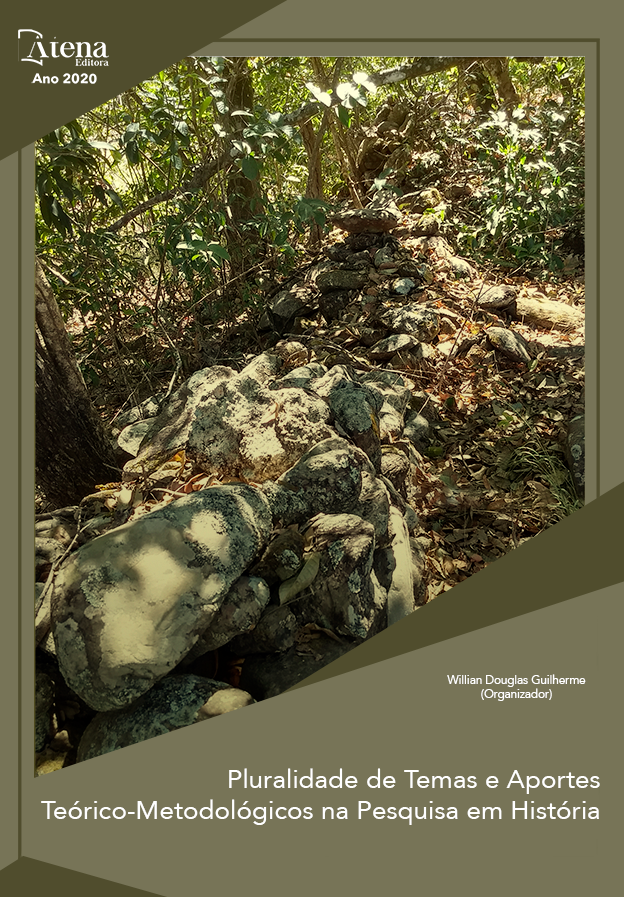
O FENÔMENO MIGRATÓRIO NAS OBRAS: O QUINZE, VIDAS SECAS E MORTE E VIDA SEVERINA
A década de 90 foi marcada por enfrentamentos mediante a questão da sobrevivência em um período de dificuldades sociais e políticas que resultaram em constantes imigrações e deram origem ao fenômeno migratório. Este artigo tem como objetivo geral a análise desse fenômeno na região Nordeste tomando como base a análise de três obras clássicas da literatura brasileira que abordam a luta dos retirantes na busca de lugar digno para morar e trabalhar são elas: O Quinze, de Rachel de Queiroz (1930), Vidas secas, de Graciliano Ramos (1938), e Morte e Vida Severina, de João Cabral de Melo Neto (1955). Buscando relacionar a ficção com o mundo real e dar ênfase ao papel do retirante dentro da literatura, o intuito desta pesquisa é explorar o percurso do migrante nordestino, levando em consideração as motivações e descobertas, as opressões sociais vivenciadas, a perca dos valores e da historicidade dos indivíduos enfatizando o desprezo e os descasos advindos do poder público. Para tanto, nos utilizaremos das abordagens de Durval Muniz (2012), Antônio Cândido (2010), e Alfredo Bosi (1992).
O FENÔMENO MIGRATÓRIO NAS OBRAS: O QUINZE, VIDAS SECAS E MORTE E VIDA SEVERINA
-
DOI: 10.22533/at.ed.92720210921
-
Palavras-chave: História. Literatura. Sociedade. Migração.
-
Keywords: History. Literature. Society. Migration.
-
Abstract:
The decade of 90 was marked for enfrentamentos by means of the question of the survival in a period of social and political difficulties, which turned in constant immigrations and gave rise to the migratory phenomenon. This article takes the analysis of this phenomenon as a general objective in the Northeast region taking like base the analysis of three classic works of the Brazilian literature that board the struggle of the migrants in the search of worthy place to live and to work healthy you link: O Quinze, by Rachel de Queiroz (1930), Vidas Secas, by Graciliano Ramos (1938), and Morte e Vida Severina, by João Cabral de Melo Neto (1955). Looking to connect the fiction with the real world and to give emphasis to the paper of a migrant inside the literature, the intention of this inquiry is to explore the distance of the northeastern migrant thing, taking into account the motivations and discoveries, the survived social oppressions, the loss of the values and of the historicidade of the individuals emphasizing the scorn and the disregards resulted from the public power. For so much, we will make use of the approaches of Durval Muniz (2012), Antônio Cândido (2010), and Alfredo Bosi (1992).
-
Número de páginas: 14
- Mayara Benevenuto Duarte
- Aline Vieira Fernandes


